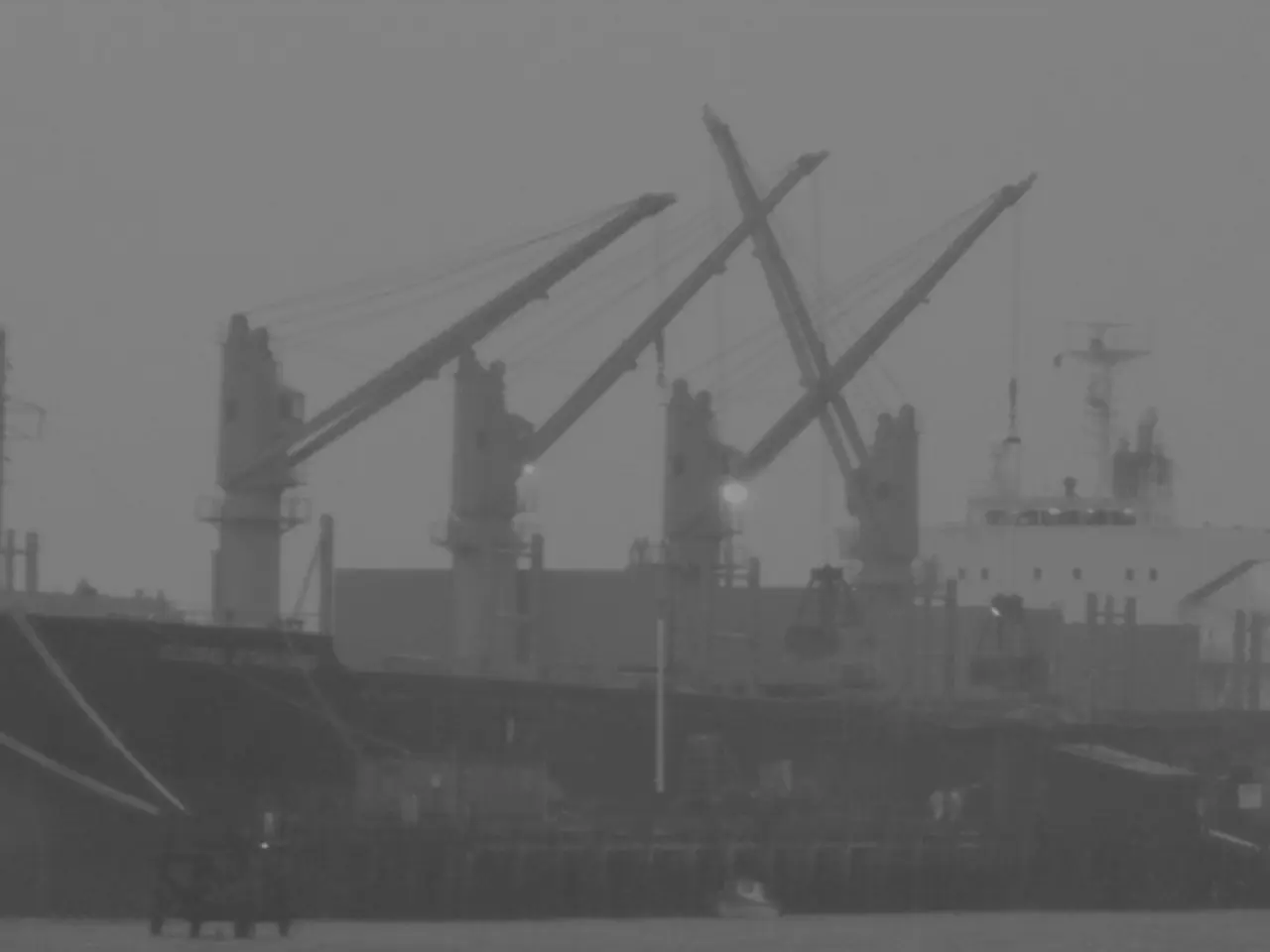Exploration and Construction of S-121 for Establishing Marine Boundaries and Territorial Limits
The International Hydrographic Organization (IHO) is currently developing the S-121 standard as part of its S-100 series of standards aimed at modernizing hydrographic data products. This standard, which addresses maritime limits and boundaries, is designed to provide a standardized digital format for encoding maritime jurisdictional areas, enhancing interoperability and consistent portrayal in electronic navigational charts and maritime information systems.
The authors of the S-121 standard are seasoned professionals with extensive experience in Information Technology, particularly in the handling of spatial data in a standards environment. Their expertise spans various fields, including Geomatics, Geological Engineering, Oceanography, Land Administration, and more.
As of 2021, the S-121 standard is progressing through stages of draft release and member consultation, but it is not yet fully finalized or widely adopted. The standard is expected to be refined according to feedback from IHO member states and other stakeholders, with the aim of future publication and deployment aligned with the broader S-100 framework.
The S-121 standard is expected to support the deposit of charts (in paper or digital format) and human-readable coordinates, and indirectly support the representation of limits and boundaries on IHO S-57 or IHO S-101 Electronic Navigational Charts. The development of S-121 also represents a model of collaboration between the three main geospatial standards development organizations: ISO, IHO, and OGC.
The S-121 standard is a crucial component in implementing the United Nations Convention on the Law of the Sea (1982), which lays the modern foundation for the law of the sea and establishes the international legal framework for many activities in the marine environment. The standard is designed to support the deposit of coastal States' limits and boundaries with the Secretary-General of the United Nations, involving the management, description, and exchange of these data as described in the Convention.
The development and implementation of the S-121 standard is a significant step towards improving the Geographic Information System (GIS) that supports the system for recording and publicizing charts and lists of geographical coordinates defining the maritime zones of coastal States. The S-121 standard allows a digital realization of an important international agreement signed by 168 parties.
For the most current or detailed official status, consulting the latest publications or announcements directly from the IHO or the IHO S-121 working group is recommended. The authors of the S-121 standard have served in various roles in organizations such as Natural Resources Canada, Surveyor General, Canadian Hydrographic Service, Standard Council of Canada (SCC), International Federation of Surveyors (FIG), United Nations Committee of Experts on Global Geospatial Information Management (UN-GGIM), and Open Geospatial Consortium (OGC). They have also received numerous awards and recognitions for their work.
The S-121 standard is further developed in the OGC pilot project on Maritime Limits and Boundaries. The S-121 Ed 1.0.0 has been released for implementation and testing purposes only.
- The extensive experience of the S-121 standard authors in fields like Oceanography, Geomatics, and Geological Engineering could potentially be applied to study the impact of chronic diseases and medical-conditions on marine life, contributing valuable insights to the field of marine science.
- As the S-121 standard aims to enhance data interoperability and provide a standardized digital format for encoding jurisdictional areas, it could potentially be utilized in the medical field for organizing and exchanging healthcare data related to neurological disorders and health-and-wellness, fostering improved diagnosis and treatment.
- Given its role in establishing the international legal framework for many activities in the marine environment, the successful implementation of the S-121 standard may bring about an increase in scientific research related to marine spatial data, revealing important patterns and trends that could contribute to understanding and mitigating the effects of human activities on the marine ecosystem, such as anthropogenic noise pollution and climate change.




